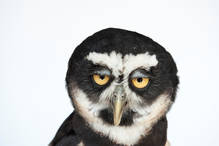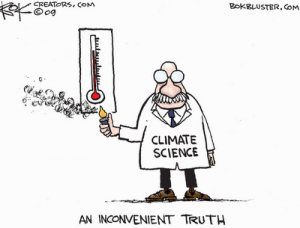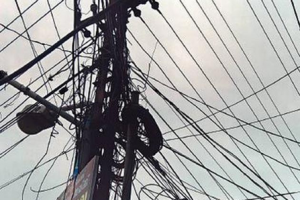(Is silence deafening?)
I often sit at the bottom of this valley at sunset, gazing lovingly across the land of my father, of his father, of his father, and of the others before him. In the faint bubbling of the stream, I hear my sister’s glee filled laugh as a rainbow trout flies out of the water and dances above his reflection on the underwater world, fighting her hook. In the distant barks of the elk, I hear my father exclaim when he spots the huge heard with binoculars during their annual migration. In the wind I hear my mother’s whispers, her words of wisdom gently shaking the pine trees that stretch to the heavens and creating waves across the sea of grass all the way to the horizon. Every small sound echoes across the landscape.
[If a person shares her thoughts, and no one is around to hear her, does she make a sound?]
In such a serene setting, hours from any light pollution, I would tell everyone at home about the innumerable stars at this amazing place. Now, I am the only one here to experience it, and have no one with which to share its majesty. In fact, I never will. I guess there is the truth that this place remains special to me, and that should be what matters. But will the streams, the elk, or the wind hold the same reverence for this place as my family did? As I still do? When I am gone as all the others have, will this place keep existing, a place of miracle, somehow untouched from the carnage we wreaked upon ourselves? Or is it only the existence of human thought that makes this place, or any place for that matter, seemingly remarkable?
{Is all beauty lost if there is no beholder?}


















